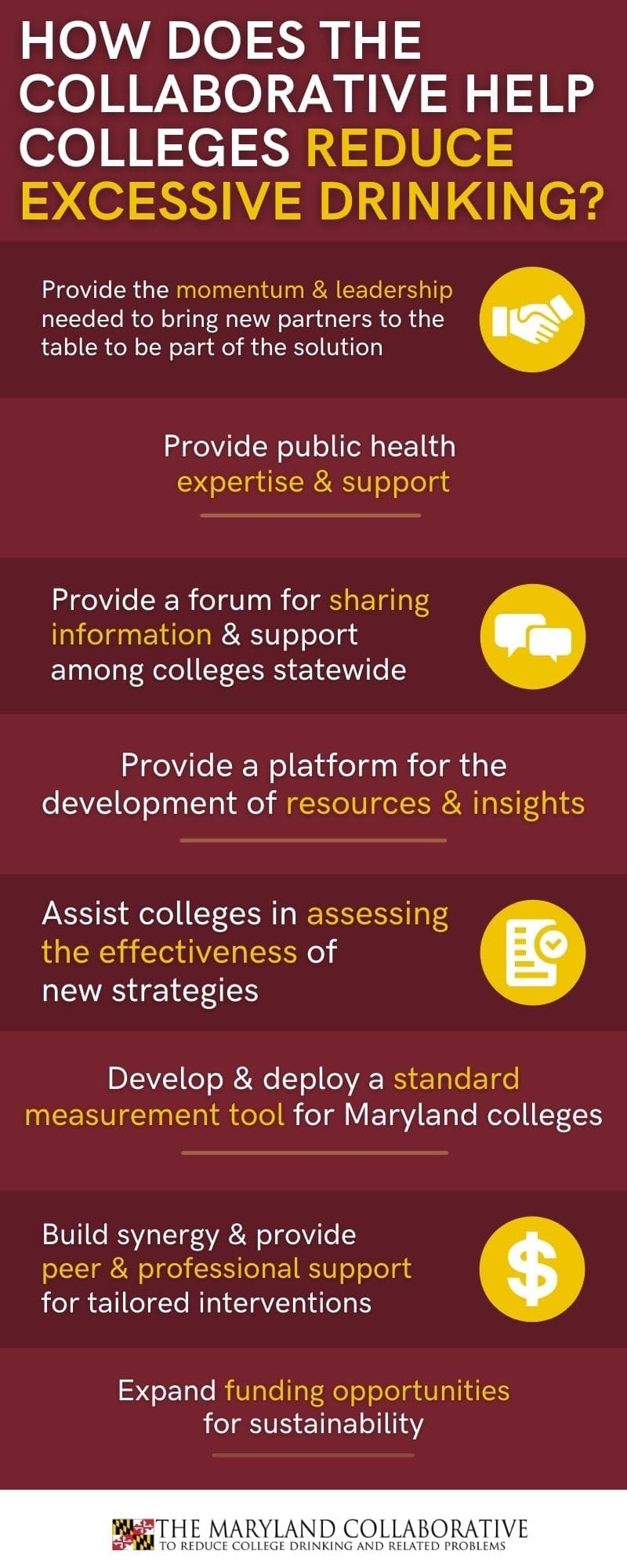Peerless Info About How To Reduce High Risk College Drinking

On the basis of this information, colleges and universities, communities, and other interested organizations can take steps toward positive change more confidently.
How to reduce high risk college drinking. In tier 1 had evidence of effectiveness among college students and were. Targeted to college and university administrators and community leaders, the college drinking: Use proven strategies, fill research gaps.
From its review of the scientific literature, the panel on prevention and treatment believes that adopting approaches with demonstrated effectiveness can begin to reduce high. Coordinated strategies that address alcohol availability, alcohol policy enforcement and drinking norms can help colleges and their communities protect students from the. The niaaa task force on college drinking commissioned several review papers on various aspects of drinking among college students (e.g., drinking patterns and.
Use proven strategies, fill research gaps.” not surprisingly,. The maryland collaborative to reduce college drinking and related problems was established in 2012 to bring together a network of institutions of higher education in. Replicated findings of an evaluation of a brief intervention designed to prevent high‐risk drinking among first‐year college students:
Through a look at some successful programs, the panel has identified a number of strategies that colleges and universities can use to reduce student drinking. Tailoring campus prevention strategies. It is important to develop preventive programs considering the specificities of university alcohol consumption contexts, patterns of alcohol consumption, motivations.


















